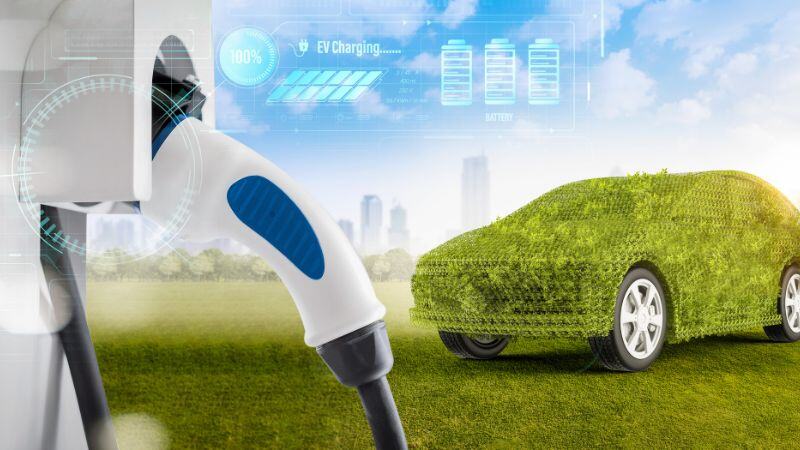Treasury Announces Long-Awaited Final Rules on Electric Vehicle Tax Credits
On May 3, 2024, the U.S. Treasury Department unveiled the final IRS regulations for the electric vehicle (EV) tax credit of up to $7,500 for new and previously-owned EVs. These new requirements are intended to enhance aspects of the 2022 Inflation Reduction Act (also called the “climate law”) and incentivize automakers to supply battery components from companies with ties to countries with a U.S. free trade agreement. Unless otherwise noted, the new rules become effective on July 5, 2024.
The regulations contain definitions and rules regarding taxpayer and vehicle eligibility for the credit for new and previously owned clean vehicles and guidance for taxpayers who purchase qualifying vehicles and intend to transfer the amount of any vehicle credit to dealers that are entities eligible to receive advance payments of either credit. The final regulations also provide guidance for dealers to become eligible entities to receive advance payments of previously owned clean vehicle credits or new clean vehicle credits, and rules regarding recapture of the credits. The final regulations also address the critical minerals and battery components requirements and foreign entity of concern (FEOC or “excluded entity”) restriction that were added to the clean vehicle credit by the Inflation Reduction Act.
The new final rules depart from the proposed rules released on April 17, 2023 and December 4, 2023 and impose a detailed tracing process for automakers to track the origin of all components in the battery supply chain to qualify for the credit's domestic content requirements, and a new critical minerals test. The new rule also provides guidance for taxpayers to transfer EV credits when their vehicles are purchased by dealers and for dealers to obtain advance EV credits and to obtain recapture of those credits.
The tracing process is the most prominent feature of the new final rule. The “traced qualifying value test” requires automakers to conduct thorough supply chain tracing to quantify the amount of minerals in the battery that meet the U.S. domestic content requirements. Critical minerals from excluded entities (see below) cannot be included in the calculation. Automakers that satisfy the new test will be eligible for a $3,750 “critical minerals” credit.
Specifically, the new rules provide three ways to meet the “critical minerals” (as defined in Section 45X(c)(6) of the Internal Revenue Code) requirement and thus be eligible for the full credit. If those minerals in the EV battery are extracted in the U.S. or if they are processed in the U.S. (or in any country with which the U.S. has a free trade agreement in effect), or they are recycled in North America, the auto manufacturer will qualify for the credit if the domestic content is equal to or greater than the applicable percentage (as certified by the qualified manufacturer). In general, the applicable percentage varies based on when the vehicle is placed in service:
-
- Vehicles placed in service before January 1, 2024: 40%;
- Vehicles placed in service during calendar year 2024, 2025, and 2026: 50%, 60%, and 70%, respectively; and
- Vehicles placed in service after December 31, 2026: 80%.
In applying the critical minerals test (and under which manufacturers can use the previously proposed 50% “roll up” as a transition rule until 2027), the new rule adopts without any major changes the controversial proposed provision prohibiting battery parts and critical minerals from excluded entities, defined as FEOCs, which comprise businesses with known ties to foreign governments deemed hostile to U.S. interests (currently China, Iran, North Korea, and Russia). FEOCs are ineligible from qualifying for the credit. Many of these FEOCs have ties to China, which dominates the EV battery supply chain. The FEOC battery component rules took effect on January 1, 2024.
In connection with the FEOC restrictions, the regulations require that manufacturers use the allocation-based accounting rules for the critical minerals that were outlined in the proposed rules. The new rules also confirm that certain battery components (such as graphite contained in anode materials) are impractical to trace and permit manufacturers to continue excluding those materials in certifying that their products have met the due diligence requirements through 2027.

